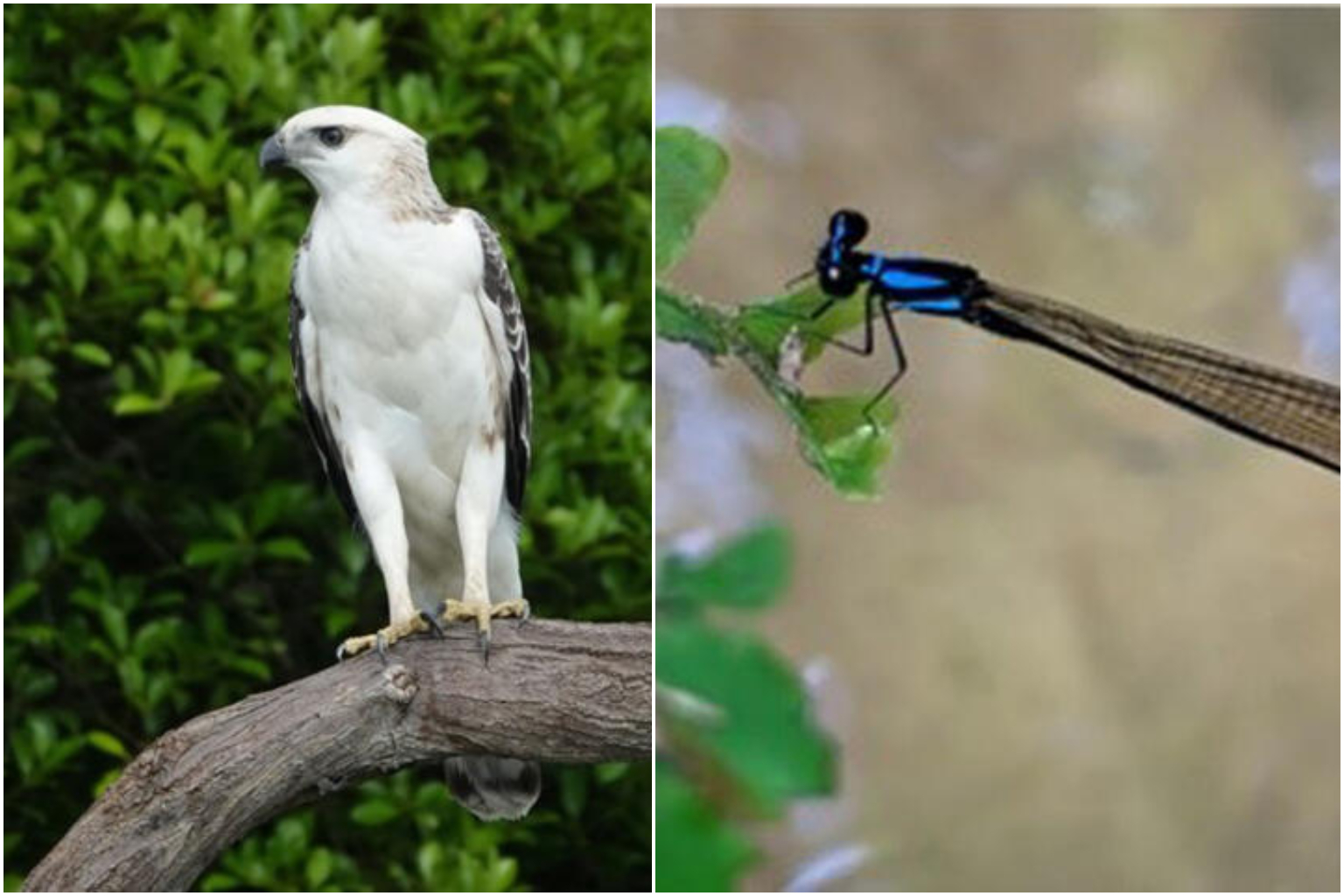SINGAPORE - A planned road network that will serve a future housing estate in Mount Pleasant has been adjusted following an environmental impact study of the area.
The two-year study was commissioned by the Housing Board and began in January 2019, it said in a joint statement on Tuesday (Nov 23) with the Urban Redevelopment Authority and the Singapore Land Authority.
Although developing the 33ha estate - which will comprise about 5,000 units - will involve minimal clearance of existing vegetation, the study covered about 71.6ha in total to better understand the ecology of the area and manage any potential impact of the development on its immediate surroundings, they added.
Besides biodiversity, physical environment parameters such as hydrology and water quality were also studied.
The study found that the site mainly comprises forest on abandoned land and managed vegetation such as planted trees. There are also three streams within the site.
These elements provide a variety of habitats for fauna, said the authorities.
Following the study, HDB engaged nature groups to refine its plans for the new estate. The proposed road network was adjusted at this stage. Two access points were planned, one from the Pan-Island Expressway (PIE) and the other from Thomson Road.
Prior to the adjustment, the first access point from the PIE was via a new slip road that would cut through Kopi Sua cemetery, to the west of the new estate.
Taking into consideration the environmental study's findings, HDB, in consultation with the Land Transport Authority, revised the plan for access for the network to run via the existing Onraet Road off the PIE instead, to minimise impact on the cemetery's greenery.
No changes were made to plans for the Thomson Road access point.
The authorities also said two of the three streams in the area will be fully conserved, with the third stream partially conserved.
About 30 per cent of the length of this third stream, which runs along Onraet Road, will be retained, as it has been assessed to be richer in biodiversity than the remaining 70 per cent, which is further downstream.
HDB will study how best to divert the downstream portion and integrate it with the urban drainage network to facilitate flood control, while simultaneously maintaining the hydrology of the upper part of the stream that will be retained.
In addition, HDB will carry out other mitigating measures to minimise the potential impact on flora and fauna in the surrounding areas, said the agencies.
These include planting more trees along the edge of Bukit Brown to serve as a natural barrier to light and noise, and to filter vehicular emissions that may be harmful to animals.
Clearance activities will be phased to avoid the bird-breeding season, and large trees will be protected.
Altogether, 197 species of animals were recorded during fauna surveys, and the highest concentration of species was recorded in the Kopi Sua cemetery area.
They included 14 species of conservation significance, comprising 10 birds such as the crested goshawk and white-rumped shama; a damselfly, the collared threadtail; the common rose butterfly; the Asian softshell turtle; and the bamboo bat.

In addition, 378 plant species including trees, herbs, climbers and shrubs, were found.
Close to half of the species are native, of which half are of conservation significance.
The authorities said more than 2,500 trees - including 225 large trees, palms and bamboos with girth or spread of 3m or more - were assessed.
National Development Minister Desmond Lee said the authorities took care in studying the area, as the site is next to biodiverse areas like Kopi Sua and Bukit Brown, to avoid impacting migratory birds or affect nesting birds in the neighbouring vegetated sites.
The plans were adjusted to not make an impact on those areas, he added, noting that while some parts are zoned for residential use, there are no immediate development plans.
Said Dr Shawn Lum, senior lecturer at Nanyang Technological University's Asian School of the Environment: "The new housing estate will sit between a mature estate and major roads on one side, and a rich nature area on the other.
"In the discussions with nature groups for this site, the conversations ventured beyond risk-mitigation measures to focus on how nature can be made a feature of the new development and become a defining character of life."
Dr Lum, who is also president of the Nature Society (Singapore), added: "In many cities in the world, only the wealthiest have the space and greenery to access urban nature. The new housing estate has the potential to set new standards for experiencing nature in a public housing estate."



